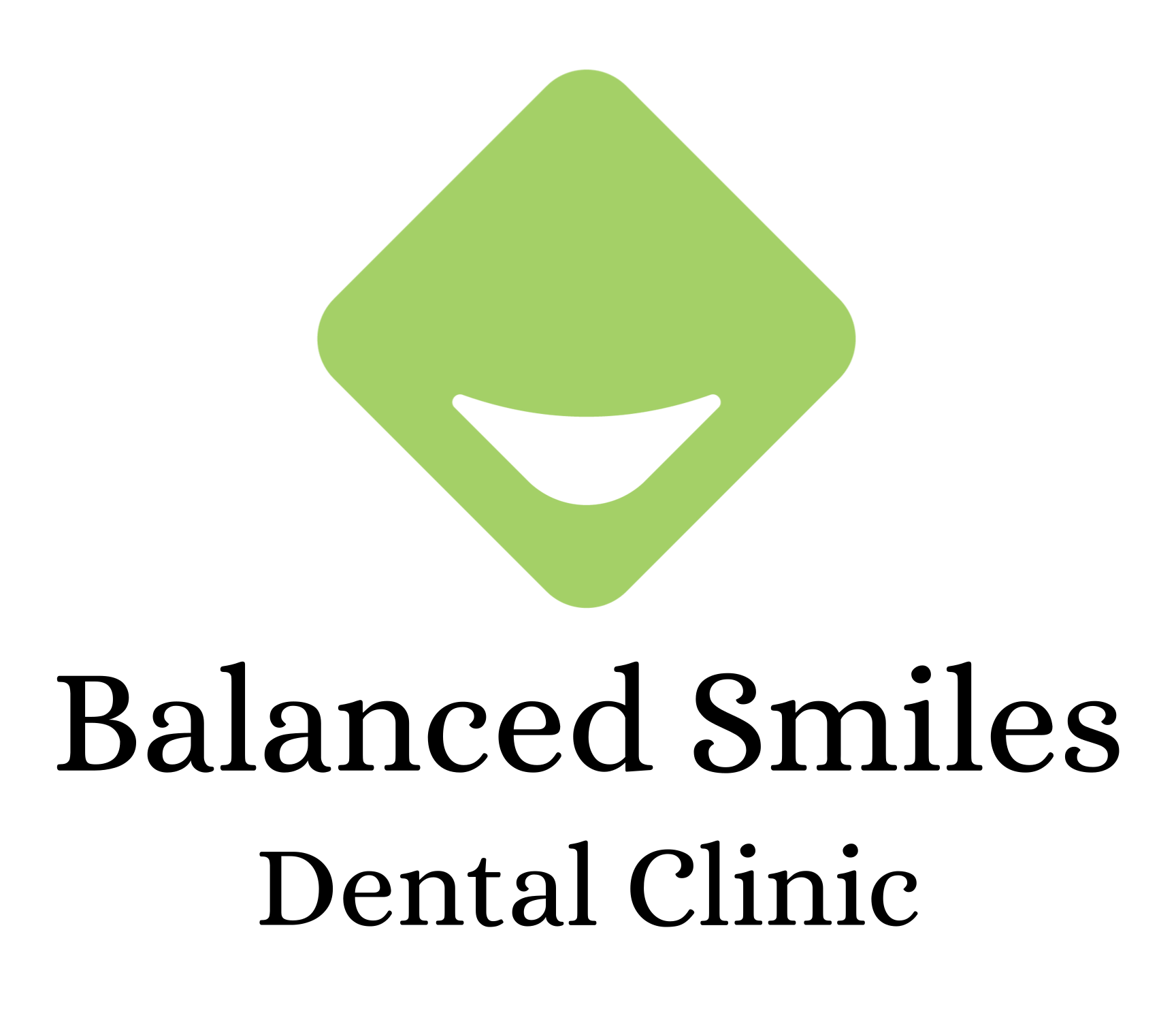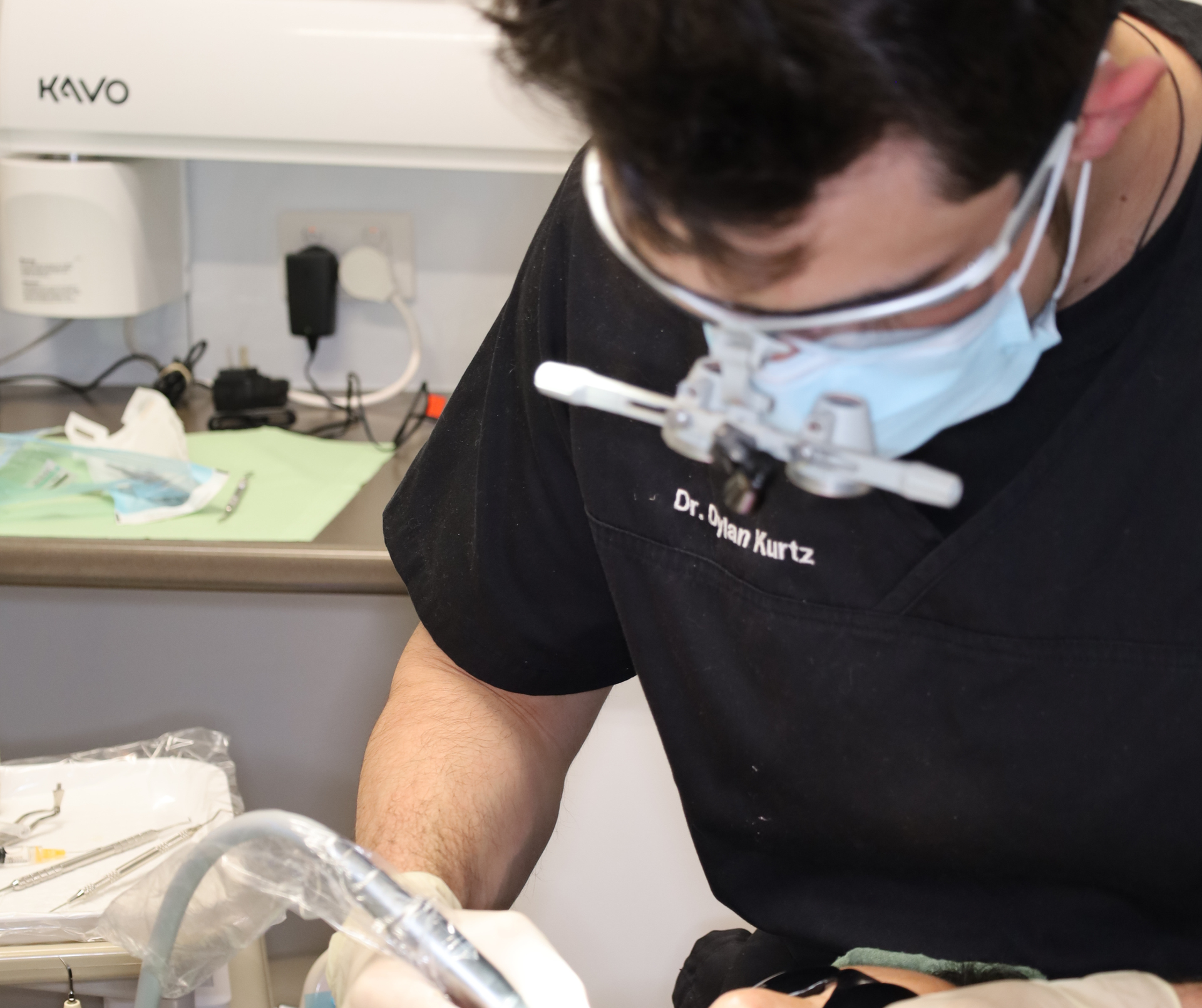Mouth Taping for Better Sleep: Is It Safe and Does It Work?
If you’ve noticed your child sleeping with their mouth open, you might have already searched online for solutions. One wellness trend gaining attention is mouth taping — often seen on TikTok and even discussed in Mouth Taping Reddit threads.
The idea sounds simple: put a small piece of tape over the mouth at night to encourage nasal breathing. But as a mum, you’re probably wondering — is it safe for kids? And does it actually work? Let’s break it down.
What Is Mouth Taping?
Mouth taping involves placing a special, breathable strip over the lips while sleeping to help prevent mouth breathing. Proponents claim it leads to better oxygen intake, less snoring, and deeper sleep.
Some parents look into the benefits of mouth taping at night for their children, hoping it will help them feel more rested in the morning. Others wonder what type to use for mouth taping if they were to try it.
Why Kids Mouth Breathe at Night
Children may develop a habit of mouth breathing during sleep due to:
- Blocked nasal passages (allergies, colds, sinus issues)
- Enlarged tonsils or adenoids
- Jaw development problems or tongue posture issues
- Underlying habits formed early in life
At Balanced Smiles, we see that long-term mouth breathing can contribute to dental crowding, facial growth changes, and even bruxism (teeth grinding at night).
Is Mouth Taping Safe for Children?
While some adults experiment with mouth taping after reading about it in Mouth Taping Reddit communities or wellness blogs, children have different needs.
We do not recommend starting mouth taping for kids without a professional assessment. Their airways are smaller, and taping can feel uncomfortable, cause anxiety, or be unsafe without guidance.
How to Stop Mouth Breathing While Sleeping — Safer for Kids
Instead of taping, here are safer steps for mums who want to know how to stop mouth breathing while sleeping in children:
- Get a
dental and airway assessment — Our children’s dentistry team checks teeth, jaw, and airway development.
- Consider
myofunctional therapy — We offer myofunctional therapy to strengthen oral muscles and improve tongue posture naturally.
- Address nasal blockages — Your GP or ENT can treat allergies or structural issues.
- Manage bruxism — Our general dentistry services include night guards and jaw therapy for teeth grinding.
The Bottom Line for Mums
The benefits of mouth taping may be real for adults, but for kids, the safest approach is identifying and fixing the cause of mouth breathing first.
If you’ve noticed your child breathing through their mouth at night, book a visit with our friendly team at Balanced Smiles. We’ll guide you toward safe, effective solutions — so your little one sleeps better, feels better, and grows with a healthy smile.
Mum’s Tip 💡
If you’ve ever peeked into your child’s room at night and noticed their little mouth hanging open, it’s not just “cute” — it could be a sign they’re not getting the best quality sleep. Poor sleep can make mornings harder, affect focus at school, and even impact their mood (we’ve all seen the cranky-school-run face 🙈).
Here in
Dandenong North, we love helping local mums find
real solutions — no risky TikTok trends, just safe, professional care. Book your child’s
airway and dental check with us at Balanced Smiles, and let’s make sure their nights are peaceful and their mornings are bright.




